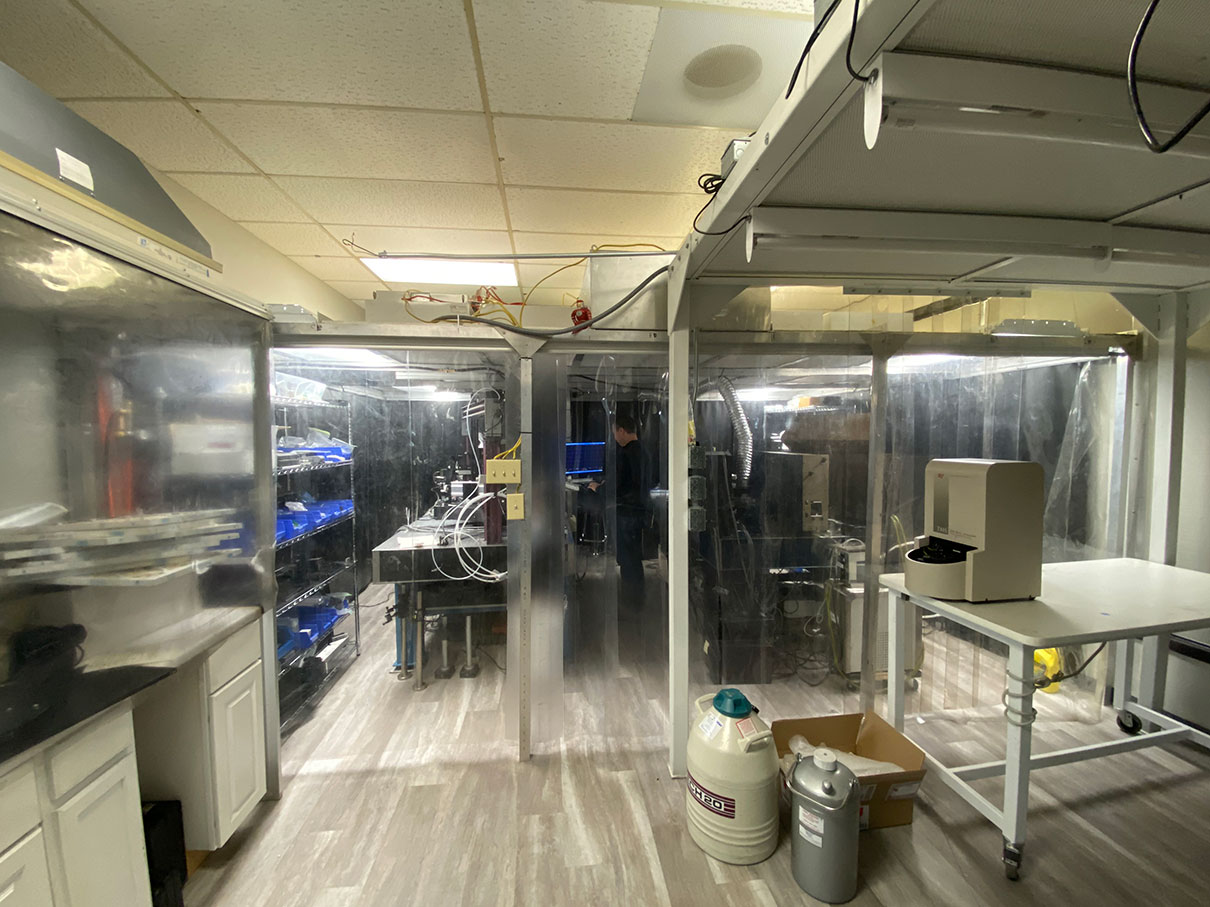Scatter Measurements
The CASI Scatterometer Lab

Scatter measurements are useful for a huge variety of applications. They can be used as a measure quality for optical surface finishes and films, as a way to characterized point defects and are often needed as input data for programs that predict signal limiting scatter levels in complex optical systems. The CASI is capable of making both transmissive and reflective scans within the incident plane and can make limited measurements out of the incident plane as well.
The TSW CASI Lab currently operate at over 20 wavelengths between 325 nm in the near UV and 10.6 microns in the mid-IR, many with full polarization control on the source and optional full polarization filtering on the receiver. The noise floor is limited by Rayleigh scatter from the air, or about 10-8/sr in the visible. Additional wavelengths will be added depending on market requirements. Samples may be flat or gently curved, and may vary in size from a few millimeters to larger than a 300 mm wafer. Results are presented in BRDF, ARS (CCBRDF) and DSC format depending on the sample. The illuminated spot can be varied from several millimeters to ten micrometers.
The variation in requirements (number of samples and scans) makes it impossible to price measurements on a simple per scan basis, so each job is quoted separately. Prices generally fall in the $250 to $350 per incident plane scan. If you need help with what should be measured, or have another consulting job with TSW, it may be to your benefit to do one stop shopping at TSW for all of your measurements and analysis.
